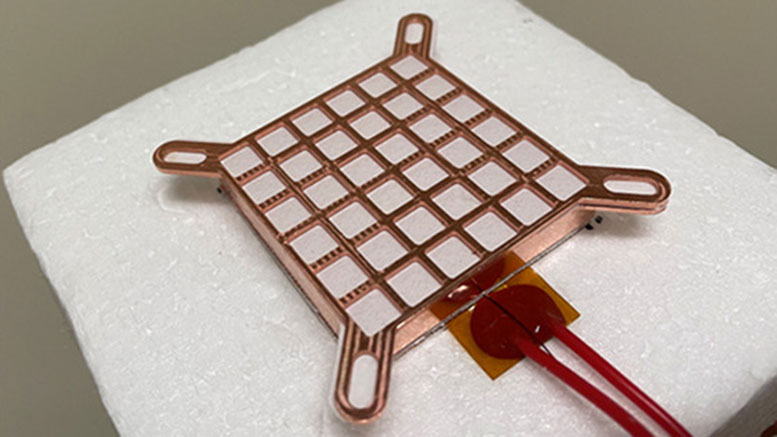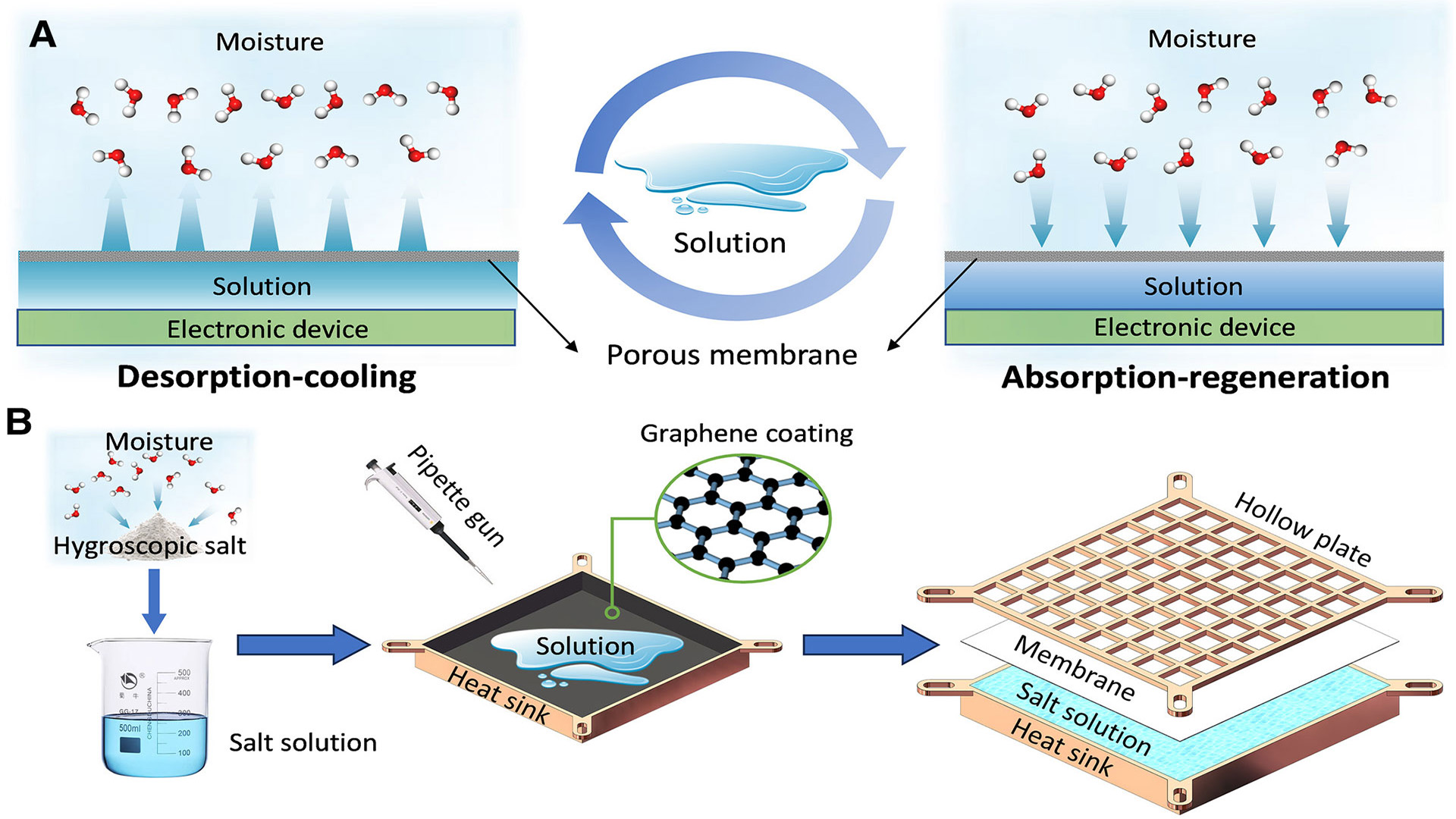
What you need to know
- A research project from China demonstrates a passive cooling method involving salt water to enhance an unknown CPU performance by up to 32.65%.
- Evaporating and absorbing moisture from its surroundings, the cooler's membrane technique offers a cost-effective and long-lasting alternative.
- While not practical for consumer hardware, it aims to improve solar power technology and large-scale infrastructure like data centers.
The future of computing looks more exciting than traditional air or liquid-cooled CPUs as a 'membrane-encapsulated, moisture-desorptive passive cooling for high-performance, ultra-low-cost, and long-duration electronics thermal management' was unveiled in a complex research paper. Following analysis by Tom's Hardware, it promises to improve CPU performance by up to 32.65% using a revolutionary cooling method involving salt water.
Developed in China, the project is a joint effort between researchers as a new passive cooling method similar to the solid-state Frore Airjet. However, this unusual approach uses a saltwater solution rather than vibration-activated airflow that simultaneously allows moisture absorption from the air around it and evaporation from a membrane housed inside the unit.

Although salt water might imply an initial fear of corrosion, this cost-effective alternative claims to effectively cool a CPU 10 times longer than modern alternatives since the lithium bromide is safely encased while remaining porous, and an absence of moving parts should reduce wear significantly. During testing, its researchers found the HSMHD cooler could keep an unnamed CPU running comfortably below 64°C for over six and a half hours.
Currently, the most comparable competitor to this salt-loaded cooler is a metal-organic framework (MOF) with an equally baffling explanation of its inner workings. However, a chromium-based MOF is reportedly 1,000 times less cost-effective than this new 'sweaty' HSMHS solution, following further inspection of the paper by Tom's Hardware.
Researchers from City University Hong Kong and the School of Energy and Power Engineering, Huazhong University of Science and Technology, Wuhan, performed their tests with a finite model but claimed it a cost-effective, self-regenerating solution.
Who is this saltwater CPU cooler made for?

This bizarre CPU thermal control solution won't feature in your next laptop or even the future of Xbox since the researchers behind this technology set their sights on solar power batteries and cooling entire buildings like data centers. That's not to say it's impossible to adapt this technology to an everyday desktop PC, but it's doubtful that a saltwater solution would soon replace one of the best CPU coolers for your next custom build.
Currently reserved as an intriguing research project, it's another drop in the ocean for the future of passive cooling technology. Anything that eliminates the need for oversized fan units or liquid pumps will naturally improve the potential performance of slimline hardware like portable gaming handhelds and even smartphones.
Reliance on an ideal environment is too specific for any possible consumer hardware to be powered by this moisture-absorbing offering, but the technology is fascinating nonetheless.







